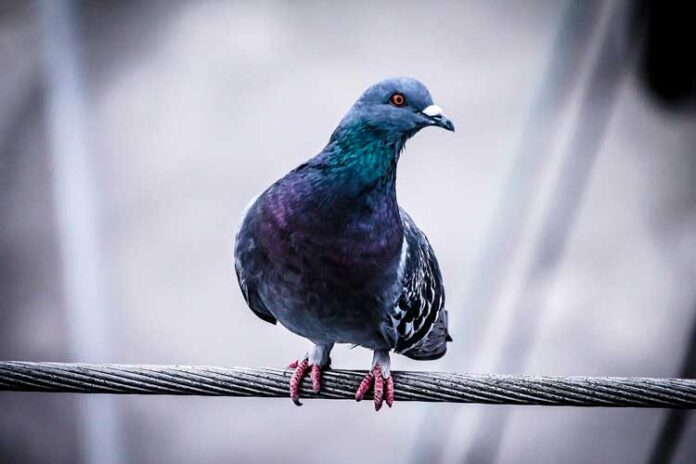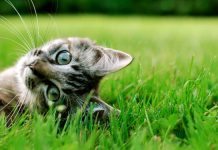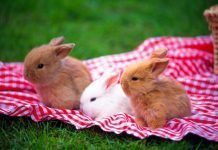
There are over 400 million pigeons worldwide, and the population of pigeons is rising day by day while the population of other birds such as sparrows and doves is decreasing. The primary reason for this increase in the pigeon population’s reproduction is that in many religions in the world, the pigeon is still respected and worshipped.
Pigeons are now becoming urban pests that continue to expand all over the world. They invade cities and build nests comfortably in cliff edges, ceilings, air conditioning units, solar panels, and bridges. Baby pigeons leave their nests after one month of hatching and become dependent on human beings for food and shelter. They can eat about 30 grams of dry food a day. Pigeon droppings on park benches, homes, and automobiles are germ-infested and unpleasant, and often highly corrosive to buildings. Even plants can be killed by the vast number of pigeons dropping.
The pigeon reproduction needs to be tackled, and the food shortage would reduce their population. Detailed research will be required to observe all of these factors and to stabilize the pigeon reproduction. Several methods can help minimize pigeon reproduction, and the first is to avoid food to pigeons, which will discourage pigeons from reproducing offspring. Another way of reducing reproduction is egg destruction and pigeon birth control. Either of these methods eliminates or decreases the reproduction of pigeon and exposure to sanitation and health complications.
Below is a list of a few other ways to get rid of pigeons without killing them. They are humane and painless for birds.
1. Use Birth Control:
OvoControl is a ready-to-use trap that inhibits the reproduction of pigeons and decreases the population of pigeons. This efficient and humane technique is particularly suitable for controlling pigeon flocks in wider areas without using cruel means like poisons to reduce the pigeon population.
2. Egg destruction:
Egg destruction is the best way to reduce pigeon reproduction successfully. Egg addling is a technique to prevent eggs from developing or incubating, which can be done by grinding, shaking, puncturing, or destroying the pigeon eggs. Oiling is the favored technique done with a food-grade corn oil by coating the eggs to prevent air from going through the eggshell, which will slow the process of development. Egg destruction services help with appropriate government-licensed procedures, including finding the pigeons nests and removing/disposing of eggs.
3. Nest Removal:
Pigeons will not lay eggs unless they have a nesting site and the best way to minimize the reproduction of pigeons is by removing their nest. The nest should be removed very carefully because the nesting area is most likely to be affected by parasites, ticks, and complex microorganisms. In almost every spot from the roof to the window and chimney, the best way to remove a pigeon nest is to wait for the pigeons to lay eggs. During the breeding season, pigeons build their nests and lay eggs. They should be removed carefully without harming the pigeons. Nest removal is the easiest way to minimize the number of pigeons because by doing so, pigeons will not nest again in such sites.
4. Keep pigeons away from dark spaces:
The majority of pigeons build a nest in the open, dark, enclosed spaces where they lay their eggs. Pigeons must be kept out of these areas to prevent them from laying eggs by removing the nest. Pigeons are very intelligent and creative birds when finding a nesting spot; therefore, pigeons must be kept away from such places to reduce reproduction.
5. Keep pigeon away from their mate partner:
Having a mate is a good incentive for a pigeon to lay eggs. This partner may be another male or female pigeon that will help the other during breeding. Separating pigeons from their partner will help turn off the hormones, and thus they will not lay any eggs. This method is practical but relatively tricky; still, it will effectively reduce the reproduction of pigeons.
6. Use of hormone injections:
Injections of hormones are quite a safe option and can help minimize pigeons from laying eggs. The potency of these hormone injections varies from bird to bird, and its accuracy cannot be predicted. However, the use of hormone injections can reduce the reproduction rate of pigeons.
7. Reduced food supply:
The populations of pigeons are highly dependent on abundant food to continue their reproduction rate. A decline in the availability of food contributes to increased energy in hunting for food, which in turn decreases the reproductive efficiency, and the unavailability of food could reduce the population size of pigeons. In urban areas, the available food should not be supplied by humans either deliberately or as food waste. Significantly decreased food supply is a crucial factor in the reproductive cycle, which severely reduces the reproduction of pigeons.












